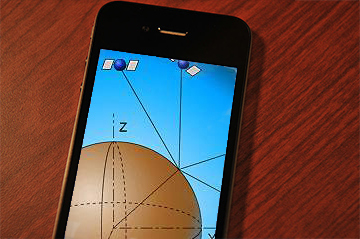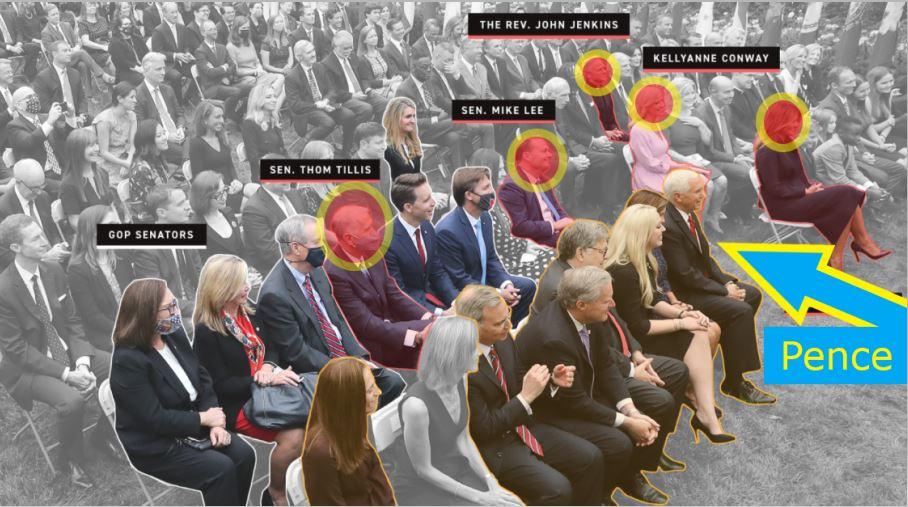Tom Warren
The Verge
November 12, 2013
 The Washington Post claimed that the National Security Agency (NSA) had developed a method nine years ago to locate cellphones when they were powered down. The publication didn’t provide technical details on the software or hardware involved, leaving security researchers puzzled by the revelations. Seeking clarification on the technologies invoked, British privacy watchdog Privacy International conducted a survey of eight cellphone manufacturers in August to obtain details on how it would be possible to track a cellphone once it’s turned off.
The Washington Post claimed that the National Security Agency (NSA) had developed a method nine years ago to locate cellphones when they were powered down. The publication didn’t provide technical details on the software or hardware involved, leaving security researchers puzzled by the revelations. Seeking clarification on the technologies invoked, British privacy watchdog Privacy International conducted a survey of eight cellphone manufacturers in August to obtain details on how it would be possible to track a cellphone once it’s turned off.
Half of the firms involved in Privacy International’s research have responded, but none of the companies have provided a clear explanation for The Washington Post’s claims. Google, one of four companies to respond, rejects the idea that it could control Android handsets that are powered down. “When a mobile device running the Android Operating System is powered off, there is no part of the Operating System that remains on or emits a signal,” explains a Google spokesperson to Privacy International. “Google has no way to turn on a device remotely.” Similarly, Samsung seems unaware of how an NSA process could track cellphones that are not powered on. “Without the power source it is not possible to transmit any signal, due to the components being inactive,” says Samsung vice president Hyunjoon Kim.
The Emergency Election Sale is now live! Get 30% to 60% off our most popular products today!



